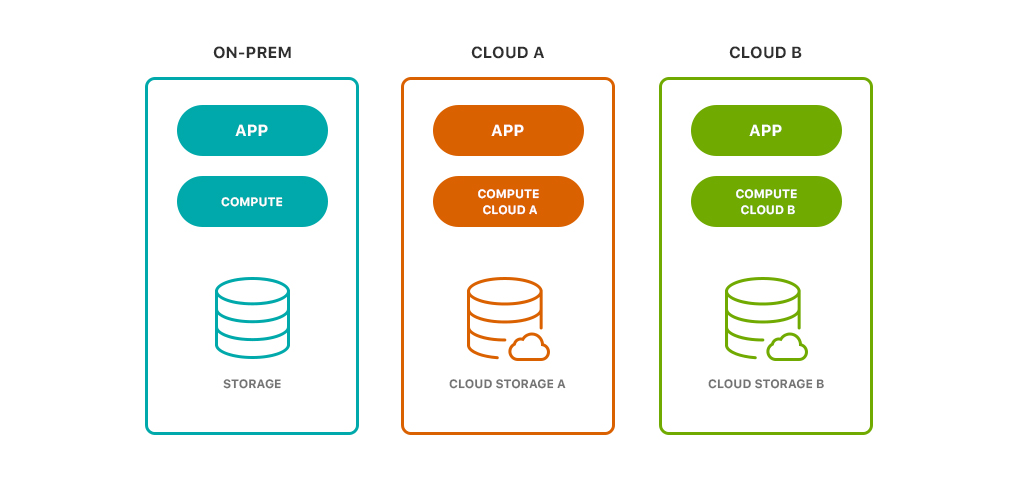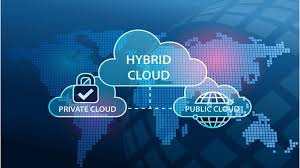Hello!
Managing Data Growth and Preventing Cloud Data warehouse
Analysis
Item storage is winding up more mainstream than any time in recent memory, with organizations of all sizes adopting it for a regularly developing number of outstanding burdens. Customary use cases, for example, second level storage, reinforcement, and long haul document, are presently joined by people to come, cloud-local outstanding tasks at hand that expect information to remain dependably and rapidly open.
With billions of devices making and expending content more than ever (savvy information lakes, media rendering and the executives, edge and IoT, machine learning, and man-made brainpower ventures) advanced transformation procedures are being embraced by organizations internationally.
Object Stores, The Digital Transformation Data Foundation
Digital transformation likewise implies that each industry is experiencing colossal information development because of new tools like cell phones, wearable innovation, high-goals cameras, sensors, and applications that can exploit them. In any case on the off chance that it is a B2C or a B2B application, models are all over the place. Banking applications enable consumers to store checks basically by taking pictures of them.
 Assembling procedures are persistently improved gratitude to information investigation from billions of sensors. Picture acknowledgment is turning into a standard element in web based life, retail locations, human services investigation, etc.
Assembling procedures are persistently improved gratitude to information investigation from billions of sensors. Picture acknowledgment is turning into a standard element in web based life, retail locations, human services investigation, etc.
These applications make petabytes of information which must be put away, analyzed, and frequently saved for quite a while. Consequently, application outstanding tasks at hand and information are starting to range crosswise over on-premises and cloud infrastructures.
Build for Hybrid While Preparing for Multi-Cloud
 Even the most preservationist enterprises are presently certainly constructing hybrid cloud infrastructures for various use cases. Here are a few models:
Even the most preservationist enterprises are presently certainly constructing hybrid cloud infrastructures for various use cases. Here are a few models:
- Cloud blasting: utilizing the tremendous measures of available registering power in the cloud for exceedingly requesting remaining tasks at hand and quick analysis, while keeping full control over information and paying just for the time required.
- Cloud tiering: offloading cold information to the cloud to exploit the low $/GB while maintaining adaptability.
- Business progression (BC) and fiasco recuperation (DR): eliminating the cost of an auxiliary DR site without relinquishing data protection or infrastructure versatility.
- Propelled information management and governance: agreeing to progressively requesting provincial guidelines while serving worldwide customers.
- The multiplication of edge services: supporting clients, applications, and data generators that are pushing and dismantling data to and from center and cloud infrastructures.
 These utilization cases have difficulties and without the correct technology, the advanced change benefits could be restricted in terms of professional career offs and included complexity.
These utilization cases have difficulties and without the correct technology, the advanced change benefits could be restricted in terms of professional career offs and included complexity.
These difficulties must be tended to ahead of schedule to dodge cloud storehouses, which increment complexity and costs, limit information portability and access, and bargain generally speaking operational efficiency.
Indeed, cloud storehouses are far more detestable than the enterprise server farm storehouses of the past in light of the fact that the information might be dispersed on several clouds and accessed through numerous cutting edge or heritage document interfaces.
On the off chance that an organization’s present infrastructure is just on-premises and there is a half and half or multi-cloud methodology arranged, picking the correct technology today is key for infrastructure manageability. Making an information establishment layer is necessary to engage computerized change processes for all specialty units in the organization.
Also read:
- Mastering the Art of Email Outreach
- How a Top Level Analyst Can Maximize Your Business Potential
- 11-Powerful Content Writing Tool
Thank you!
Subscribe to our newsletter! Join us on social networks!
See you!






